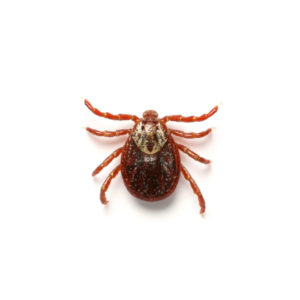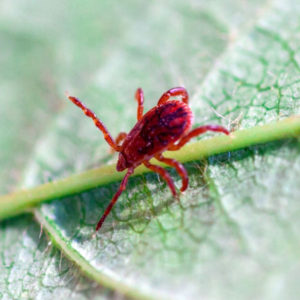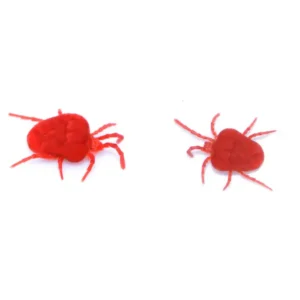Lone Star Ticks in Long Island
The lone star tick is distributed from central Texas, eastern Oklahoma, north to Missouri, and eastward in a broad belt across the southeastern United States. Along the Atlantic coast, its distribution extends northward to coastal areas of New Jersey and New York. Bites from the lone star tick are painless and commonly go unnoticed, remaining attached to their host for as long as seven days until it is fully engorged with blood. While it is not a factor in Lyme disease, the lone star tick does transmit bacteria that can cause several types of illnesses.
Lone Star Tick Habitat
Lone star ticks are found in wooded areas and fields and are more common around homes and buildings in secluded or rural areas. Adults are known to feed on large mammals, especially cattle and white-tailed deer. It is an ectoparasite of a wide range of domestic mammals like cattle, horses, goats, sheep, cats and dogs, and poultry. Humans are also commonly bitten by all active stages. This species is rarely found living indoors, and if found inside, it will generally be discovered on dogs or cats.
Lone Star Tick Behaviors, Threats, or Dangers
The lone star tick is known to bite humans, and although they do not transmit Lyme disease, a bite from the lone star tick can cause people to develop an allergy to red meat, including beef and pork. This specific allergy is related to a carbohydrate called alpha-gal and is best diagnosed with a blood test. Therefore, if you suspect you have been bitten, expert evaluation from an allergist familiar with the condition is recommended.
If you need more information on lone star ticks, contact your local tick control experts.





